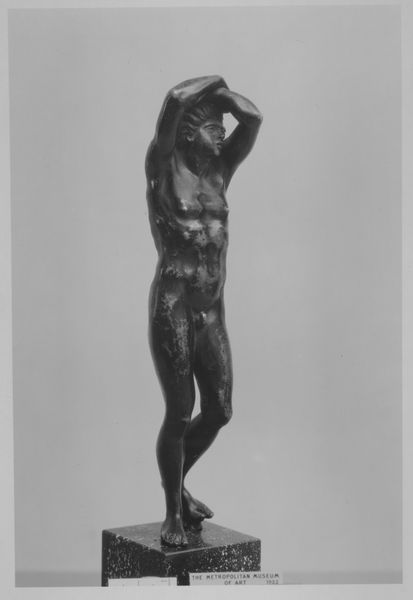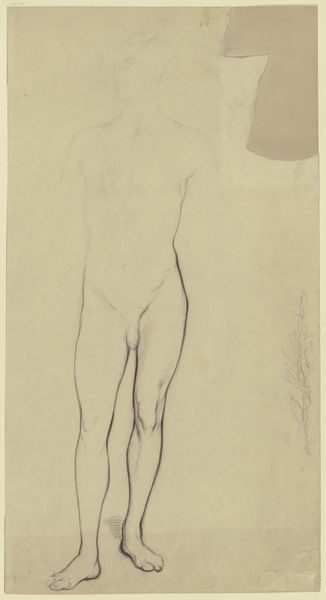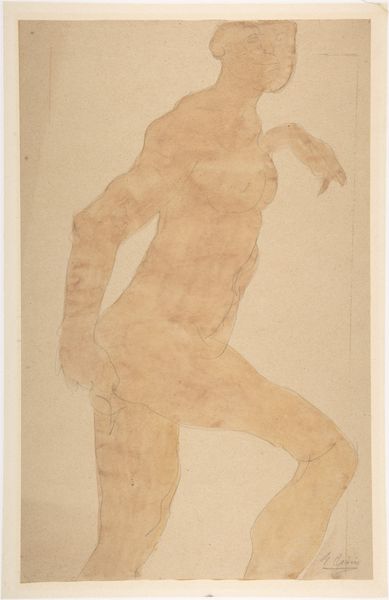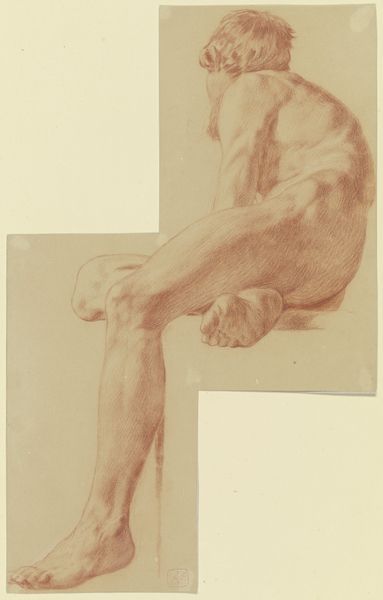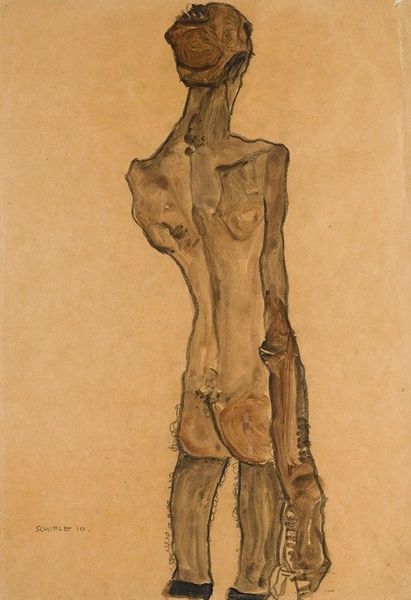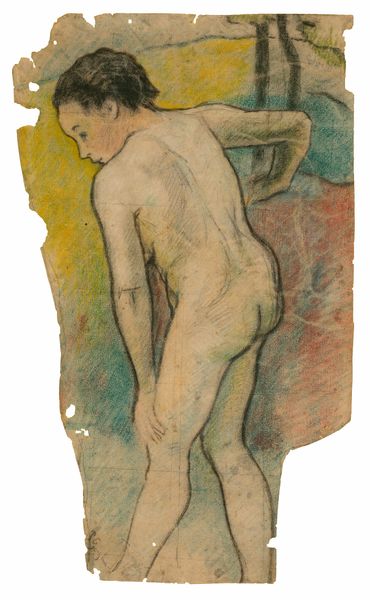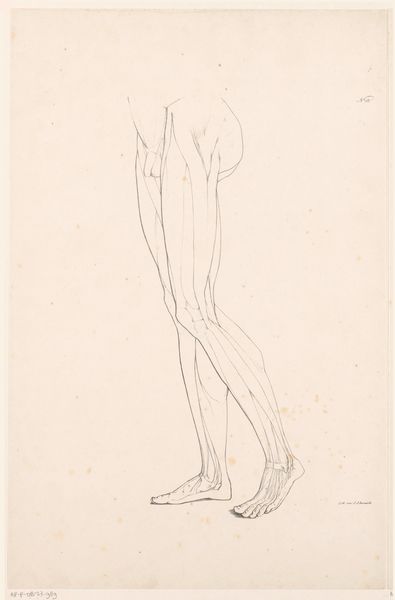
drawing, watercolor
#
drawing
#
figuration
#
watercolor
#
nude
#
watercolor
Copyright: Public domain
This drawing of two figures in watercolor is by Auguste Rodin. Note how the contorted bodies intertwine, evoking the ancient symbol of the Ouroboros, the snake eating its own tail. The Ouroboros represents cyclicality, the eternal return, and the unity of beginning and end. Here, the figures create a loop of flesh and form, embodying themes of creation, destruction, and rebirth. This motif reappears throughout art history, from ancient Egyptian iconography to alchemical emblems, and even in literature and modern psychology. Consider the Jungian concept of the collective unconscious, where archetypes like the Ouroboros dwell, influencing our thoughts and emotions. Rodin's figures, intertwined and inseparable, engage us on a subconscious level, tapping into primal fears and desires. The symbolism in Rodin’s watercolor is a testament to the enduring power of images to convey complex ideas and emotions across cultures and centuries. These archetypes resurface, evolving with each iteration, yet retaining their essential, cyclical nature.
Comments
No comments
Be the first to comment and join the conversation on the ultimate creative platform.


